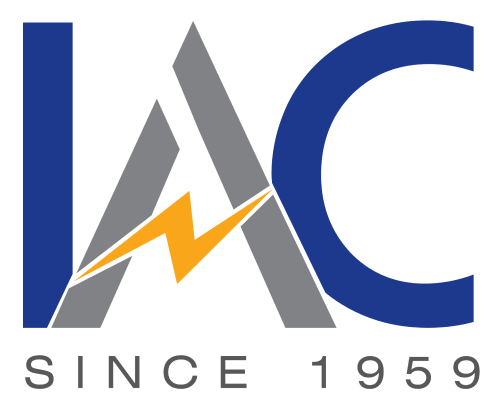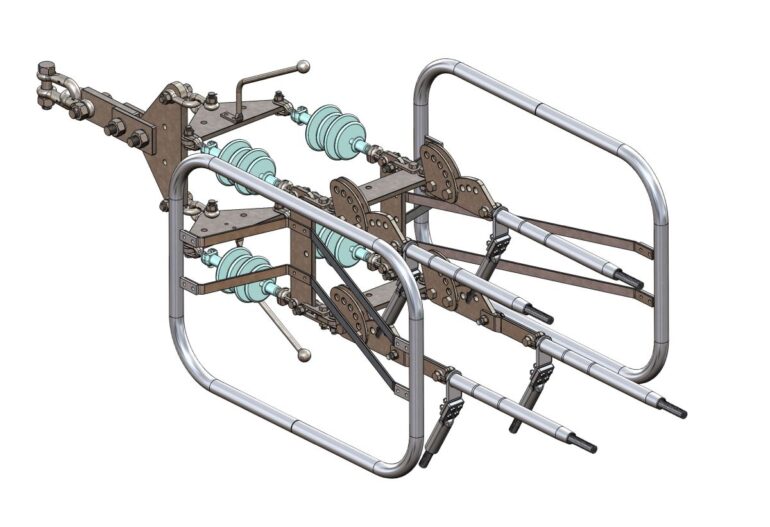Insulator hardware fittings are components used in electrical systems to support and attach insulators to various structures such as poles, towers, or walls. These fittings play a crucial role in maintaining the stability and proper functioning of the insulators.
This hardware material is designed to prevent the flow of electricity between conductors and the structures they are mounted on. These fittings are essential for ensuring the reliability and safety of electrical infrastructure.
This blog will discuss tension insulators, their fittings, and uses. So, read on!
Which Insulator is Known as Insulator Hardware Fittings?
The insulator is also known as a tension insulator. It is commonly referred to as a “Suspension Insulator.” These insulators are designed to withstand mechanical tension forces caused by the weight and tension of overhead power lines.
They are typically used in transmission lines where the conductors are suspended between supporting structures such as poles or towers. Suspension insulators consist of a series of insulating discs or units connected by metal fittings and are designed to provide electrical insulation while also supporting the weight of the conductors under tension.
Insulator hardware fittings can include items such as clamps, brackets, pins, bolts, and washers, which are specifically designed to securely hold insulators in place to provide mechanical strength and electrical insulation.
Fitting Insulator Hardware Involves Several Steps
1. Preparation:
Ensure that the structure where the insulator hardware will be fitted is clean and free from any debris or obstructions.
2. Positioning:
Determine the appropriate location for mounting the insulator hardware on the structure. This location should provide adequate support and clearance for the insulator.
3. Attachment:
Securely attach the insulator hardware to the structure using appropriate fasteners such as bolts, screws, or clamps. Ensure that the hardware is aligned correctly and tightened securely to prevent any movement or loosening over time.
4. Insulator Installation:
Once the hardware is securely attached, place the insulator onto the hardware fittings. Ensure that the insulator is seated properly and securely within the hardware fittings.
5. Final Check:
Double-check the installation to ensure that all components are properly aligned and tightened. Verify that there are no visible defects or damage to the insulator hardware or the structure.
6. Testing (Optional):
Depending on the specific application, you may need to conduct tests to verify the integrity and performance of the insulator hardware fittings. This could include electrical testing or load testing to ensure that the fittings can withstand the expected stresses and conditions.
7. Maintenance:
Regularly inspect the insulator hardware fittings for any signs of wear, damage, or corrosion. Replace any damaged or worn components as needed to maintain the reliability and safety of the electrical system.
What We Give Service
IAC Electricals is a leading insulator hardware fittings manufacturer India. By following these steps, you can properly fit insulator hardware fittings to ensure the stability and functionality of electrical systems. On this note, we are providing service-
1. CE Marking for Products
CE marking signifies compliance with EU safety, health, and environmental protection standards, affirming a product’s suitability for sale within the European Economic Area.
2. Performance Testing
It evaluates the functionality, reliability, speed, and scalability of software applications under various conditions to ensure optimal performance.
3. Composites Testing
It involves evaluating the mechanical, thermal, and chemical properties of composite materials to ensure quality, durability, and performance in various applications.
4. Transparent Armor and Military Glass Testing
this process undergoes rigorous testing for ballistic resistance, optical clarity, durability, and environmental conditions to ensure effectiveness and safety.
5. Accelerated Stress Testing (AST)
This method is to simulate harsh conditions or use over time to assess product reliability quickly.
6. Non-Destructive Testing
It is a method used to evaluate the properties of materials or components without causing damage, ensuring safety and reliability.
7. Polymers and Plastics Testing
This involves evaluating material properties like strength, durability, and chemical resistance through various analytical and experimental methods for quality assurance and performance assessment.
Final Words
Understanding tension insulator hardware fittings is crucial for ensuring the stability and reliability of overhead power transmission systems. Proper selection, installation, and maintenance of these fittings are essential to withstand mechanical forces and maintain electrical insulation, contributing to the safety and efficiency of the infrastructure.
IAC Electricals, an insulator fittings manufacturer India, we’ve fostered a culture of trust, something we’re immensely proud of. This environment has cultivated a team passionate about their work, which reflects in our exceptional performance. It’s this dedication that drives our success.






